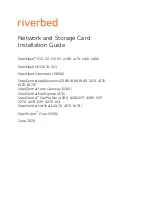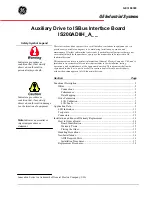
Functional Description
Upon the USB controller determining its role as a host, it will drive the USBx_DRVVBUS pin high to
enable the external power logic so that it start sourcing the required 5V power (must be
≥
4.4V but to
account for the voltage drop on the cable it is suggested to be in the neighborhood of 4.75V). The USB2.0
controller will then wait to for the voltage of the USBx_VBUSIN to go high. After 100 ms, if it does not see
the voltage on the USBX_VBUSIN pin to be within a Vbus Valid range (>= 4.4V), it will generate a Vbus
error interrupt. Assuming that the voltage level of the USBX_VBUSIN is found to within the Vbus Valid
range, the USB 2.0 host controller will wait for a device to connect; that is for it to see one of its data lines
USB0/1_DP/DM be pulled high.
When assuming the role of a peripheral, assuming that the firmware has set the POWER[SOFTCONN] bit,
and the USBx_ID pin is floating (h/w option) or USBx Mode Register IDDIG bit field is programmed with ‘1’
(s/w option) and an external host is sourcing power on the USBx_VBUSIN line then the USB2.0 controller
will set the DEVCTL[SESSION] bit instructing the controller to go into session. Not that the voltage on the
USBx_VBUSIN pin must be within Vbus Valid range (i.e. greater or equal to 4.4V). When the controller
goes into session, it will force the USB2.0 Controller to sense the state of the iddig signal. Once it senses
iddig signal to be high, it will enable its 1.5Kohm pull-up resistor to signify the external host that it is a Full-
Speed device. Note that even when operating as a High-Speed peripheral; the USB controller has to first
come up as Full-Speed and then later transition to High-Speed. The USB2.0 controller will then waits for a
reset signal from the external host. Then after, if High-Speed option has been selected it will negotiate for
a High-Speed operation and if its request has been accepted by the host, it will enable its precision 45ohm
termination resistors (to stop signal reflection) on its data lines and disable the 1.5Kohm resistor.
1700
Universal Serial Bus (USB)
SPRUH73H – October 2011 – Revised April 2013
Copyright © 2011–2013, Texas Instruments Incorporated
















































